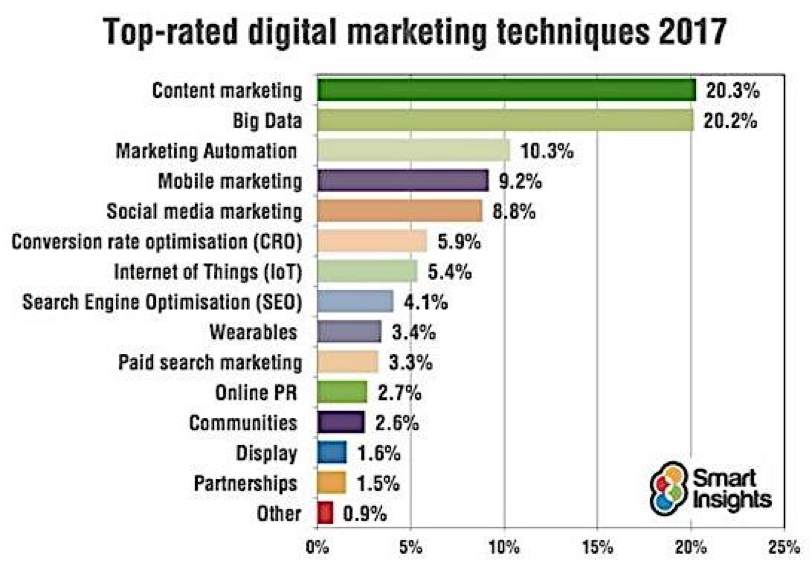The Development Of Kid'S Dental Treatment: A Trip With Time
The Development Of Kid'S Dental Treatment: A Trip With Time
Blog Article
Web Content Composed By-Linnet Emerson
As you explore the elaborate trip of pediatric dental care, mapping its evolution from the past to the present and glimpsing right into the future, you'll reveal a tapestry woven with advancement and care. From historic milestones to existing patterns and future possibilities, the landscape of pediatric oral care is ever-changing and full of capacity. All set to uncover the secrets of how this field continues to adapt and thrive, guaranteeing brighter smiles for generations to come?
Historic Turning Points in Pediatric Dental Care
Throughout history, pediatric dentistry has seen substantial innovations and landmarks that have actually shaped the field into what it's today. One essential landmark was the establishment of the first dental university in 1840, where dental care began to be recognized as a specific area needing details knowledge and abilities. As Oral Health Care evolved, the early 20th century saw the intro of oral X-rays, transforming diagnostics and therapy preparation for pediatric patients. Additionally, the development of fluoride treatments in the mid-20th century significantly enhanced preventative care and lowered the frequency of dental cavity in children.
One more turning point in pediatric dentistry was the creation of the American Academy of Pediatric Dental Care in 1947, which aimed to promote optimal oral health for youngsters. This organization played a crucial duty in establishing criteria for pediatric dental treatment and advancing research study in the field. These historical landmarks laid the structure for contemporary pediatric dental care, emphasizing the significance of specialized take care of youngsters's oral health and wellness.
Current Trends in Pediatric Dental Care
Including cutting-edge modern technology and individualized preventive approaches, modern-day pediatric oral treatment remains to adapt to the advancing needs of young patients.
The following trends display the existing landscape of pediatric dental treatment:
1. ** Digital Dentistry **: Digital impacts, 3D imaging, and CAD/CAM technology are revolutionizing the way pediatric dental practitioners detect and deal with dental health and wellness issues in kids. These improvements boost accuracy, efficiency, and person comfort throughout dental procedures.
2. ** Tele-Dentistry **: With the surge of telemedicine, tele-dentistry has actually emerged as a practical way for pediatric dentists to supply consultations, follow-ups, and also particular treatments remotely. Missing Teeth enhances access to care, particularly for patients in rural or underserved locations.
3. ** Preventive Emphasis **: Pediatric dentistry now puts a more powerful emphasis on preventive measures such as sealers, fluoride therapies, and early orthodontic interventions. By advertising good dental health habits and regular dental visits from a young age, professionals aim to prevent oral issues prior to they escalate.
Future Advancements in Pediatric Dental Care
Looking ahead, pediatric dentistry is poised to introduce cutting-edge technologies and ingenious strategies to further enhance the dental healthcare of young patients.
One interesting improvement on the horizon is using 3D printing in developing custom-made dental appliances like braces and mouthguards, providing a much more precise and comfortable fit for youngsters.
Additionally, Abscessed Tooth (VIRTUAL REALITY) technology is being discovered to help reduce oral anxiousness in young clients by giving immersive distractions throughout treatments.
Nanotechnology is an additional area of rate of interest, with the prospective to create nanomaterials that can remineralize teeth and avoid tooth cavities better.
Tele-dentistry is also gaining traction, permitting remote appointments and surveillance, which can particularly benefit children in country or underserved areas.
Additionally, hereditary screening might soon contribute in individualized preventive care, determining youngsters's proneness to particular dental wellness problems.
These innovations signify an interesting future for pediatric dental care, guaranteeing improved outcomes and experiences for the youngest oral clients.
Final thought
As you review the evolution of pediatric dentistry, bear in mind that improvements in technology and personalized treatment continue to shape the area.
Envision a kid called Emily, that took advantage of a 3D published oral home appliance that completely fit her one-of-a-kind requirements, guaranteeing her convenience and dental health and wellness.
The future of pediatric dental care holds exciting possibilities, providing innovative options to enhance the oral experiences of young clients like Emily.
